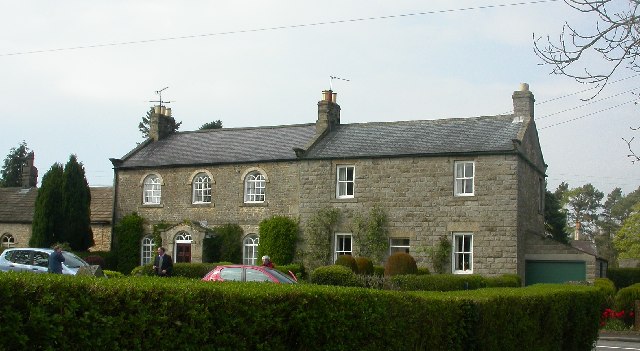Topics > County Durham > Lartington > Lartington, 1848
Lartington, 1848
LARTINGTON, a township, in the parish of Romald-Kirk, union of Teesdale, wapentake of GillingWest, N. riding of York, 2½ miles (W.N.W.) from Barnard-Castle; containing 188 inhabitants. This place, which is situated in Teesdale, belonged in the 16th century to the Maires, from whom it passed by marriage to the Lawsons, of Brough, near Catterick, and from them to its present proprietor, Henry Thornton Maire Witham, Esq., who is lord of the manor. The township comprises 5,299 acres, of which 3,438 are common or waste; a considerable portion is within the ancient forest of Stainmore. The surface is finely diversified, and intersected by deep rocky glens, through which have been formed rides of several miles, abounding with romantic features. The soil near the banks of the Tees is a productive loam, which assumes a less fertile aspect as it gradually recedes from the river towards the moorlands. Lartington Hall, the seat of Mr. Witham, is a spacious mansion, situated on the bank of the Tees, in a richlywooded park; the pleasure-grounds command some fine views of that river, combining a variety of interesting scenery, and the house and demesne have been much improved by the present proprietor. Attached to the Hall is a Roman Catholic chapel, in which service is performed daily; the interior is embellished with a painting, in imitation of sculpture, by Le Brun. In 1831, Mr. Witham, who is distinguished for his love of geological research, laid the foundation stone of a building which has been completed as a museum, and contains an extensive collection of geological and mineralogical specimens, with some valuable paintings. The village is situated on the western acclivity of the dale, and consists of two ranges of neatly-built houses. The tithes have been commuted for £55. 13.
Extract from: A Topographical Dictionary of England comprising the several counties, cities, boroughs, corporate and market towns, parishes, and townships..... 7th Edition, by Samuel Lewis, London, 1848.









